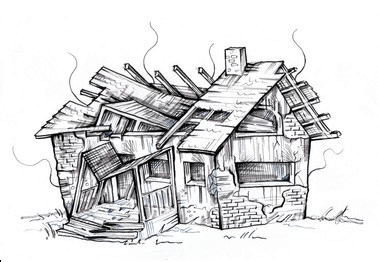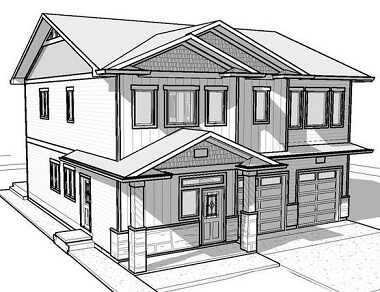So you may also be wondering, what is the difference between BaaS and DraaS?
In a nutshell, Backup as a Service (BaaS) stores and secures your data files, whereas Disaster Recovery as a Service (DRaaS) stores and secures your entire server: operating system, applications and configuration as well as data. The difference becomes more apparent if you have to recover after a total system failure.
With BaaS, you will get all your vital data back – as long as it was part of the backup plan. You will, however, have to procure and configure new servers, re-install operating systems and all applications that you had before. You will need to reconfigure all your settings on your OS and applications. Then you can restore the data back onto the new active server.
In short, your business will recover, but how soon depends on how quickly you can reconfigure necessary hardware and software before restoring your backup data. Depending on the size of your business, IT skills availability, procurement procedures, it can take anything from a few hours to a few weeks to resume normal operations. During this time, in some cases, the productivity of your general employees may go down as they try to operate without the systems they’re used to. This could, in turn, affect their service delivery to clients and potential clients.
On the other hand, with DRaaS, your entire server(s), including operating system, all applications, all data, and all system configurations and settings, are recovered typically within minutes (or a few hours). Even if your physical server is destroyed, the server image can be restored to a different virtual machine (VM). With DraaS, after a disaster, your business can be running again sooner than your general employees will realize there was a massive system failure.
DRaaS focuses on speed of recovery and therefore involves the technology of replication, where the third-party provider continually copies changed data from your primary production environment to a cloud storage environment. In this way, in the event of a disaster, you can simply failover to the cloud environment and simply run your business operations from the DR site while your IT team repairs the primary systems at your premises. DRaaS will typically have the latest iteration for reduced data loss, maintain system and applications, maintain system and application configurations, as well as security and system state. The holistic orchestration allows for faster recovery than BaaS.


